Formula One goes to Abu Dhabi this weekend. When the checkered flag waves and the fireworks fly on Sunday night, a thrilling season will end with either Lewis Hamilton or Max Verstappen emerging as this year's champion.
But the Abu Dhabi Grand Prix doesn't just mean the end of an exciting year of racing—it also marks the end of an era as the sport prepares for a radical change to its tires. For decades, F1 cars have run on 13-inch wheels, wrapped in tires with high-profile sidewalls. But as part of 2022's radical technical shakeup, the sport is now joining much of the rest of the racing world as it adopts 18-inch wheels and new, low-profile racing rubber.
There was a lot of freedom in wheel size and choice for F1's first few decades, which might shock those accustomed to the current sport's rigid and prescriptive rulebook. The move to standard 13-inch wheels happened in the 1980s at a time when 13-inch wheels were still often fitted to road cars—albeit smaller, cheaper ones.
The limit on wheel size was enacted as a way to stop teams from fitting ever-bigger brakes to the cars; a lot of overtaking happens in the braking zones, and a consequence of reduced stopping distances is that overtaking becomes much harder. This helpfully shows that complaints about the absence of overtaking in F1 are nothing new, and if you're wondering why officials didn't they just mandate the brake diameter in the same rulebook that mandated wheel diameter, that did eventually happen.
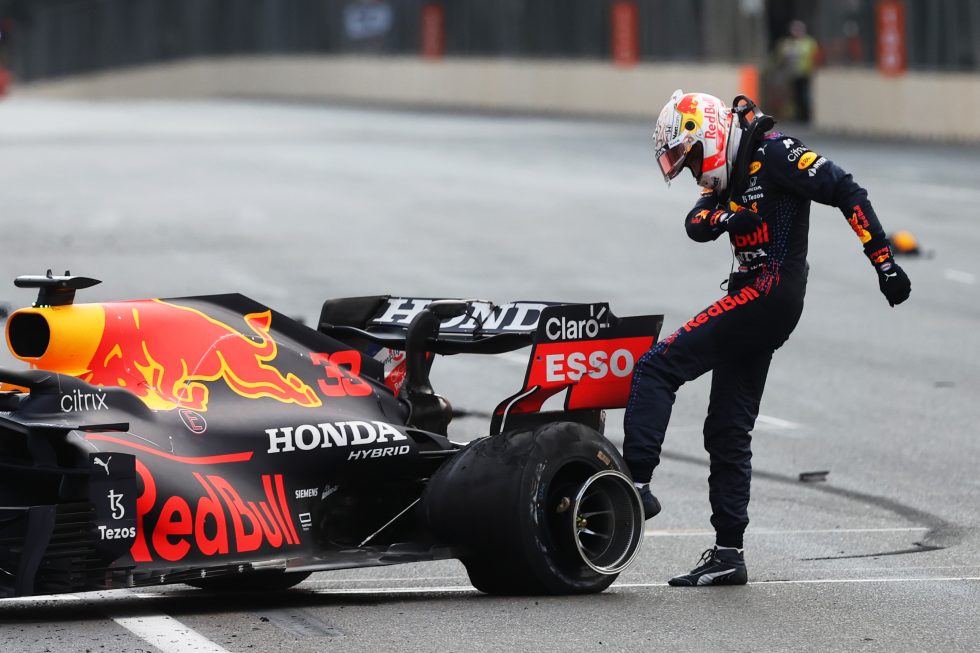
For years, the choice of tires in F1 was also relatively open, with competition between tire manufacturers as recently as 2006. But since 2011, it's been a one-brand show after Pirelli won the contract to be the sport's sole tire supplier.
This has been a potentially perilous position for Pirelli. In a tire war, manufacturers and their partner teams work together to improve grip and durability, with the aim of getting to the end of the race before anyone else. But as the sole supplier, Pirelli was tasked by the F1 powers-that-be with delivering tires that would spice up the show. More often than not, we just got lots of complaints from drivers instead, particularly if a tire ruined their race.
"It's the biggest issue we have, because clearly we are the supplier and received a request from different stakeholders for F1: What is important is to have a great show to sell to the world," said Mario Isola, head of F1 and car racing at Pirelli. "For drivers, what is important is to have a lot of grip, no degradation or overheating, and push, push, push," he explained.
That led to meetings between Pirelli and the teams and drivers to agree on the characteristics for the tires. "For example, for next year, there is a request of overheating reduction, there's a request to have a wider working [temperature] range, and there is a request to have a delta time between compounds that is around 0.5 seconds per lap," Isola told me.


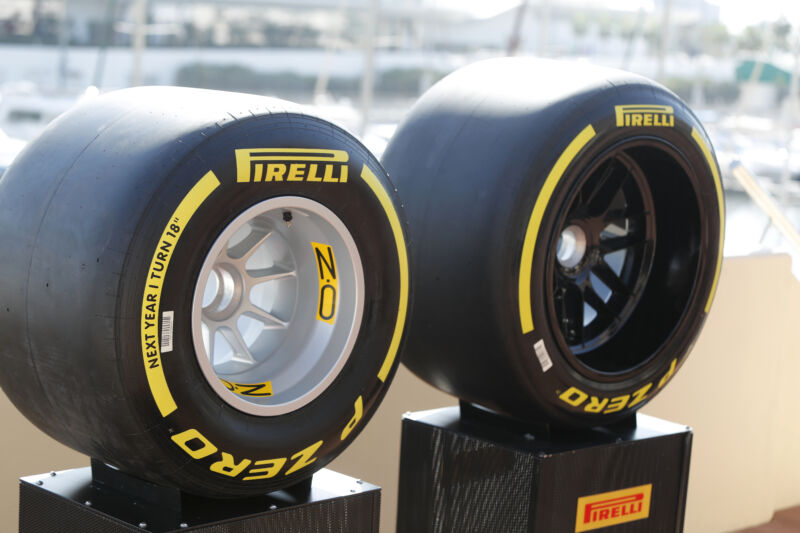
3175x175(CURRENT).thumb.jpg.b05acc060982b36f5891ba728e6d953c.jpg)
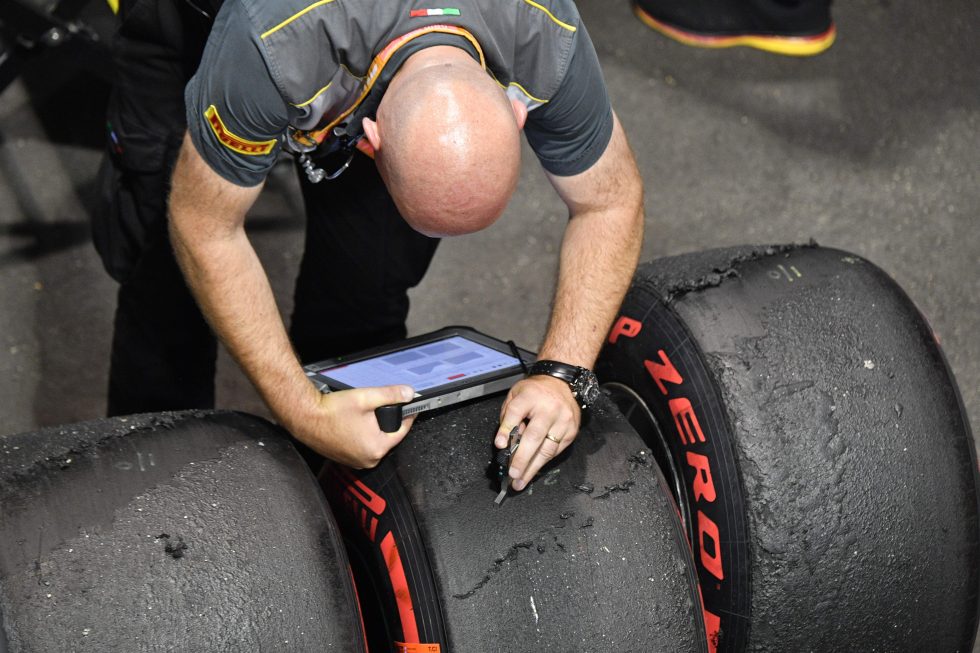
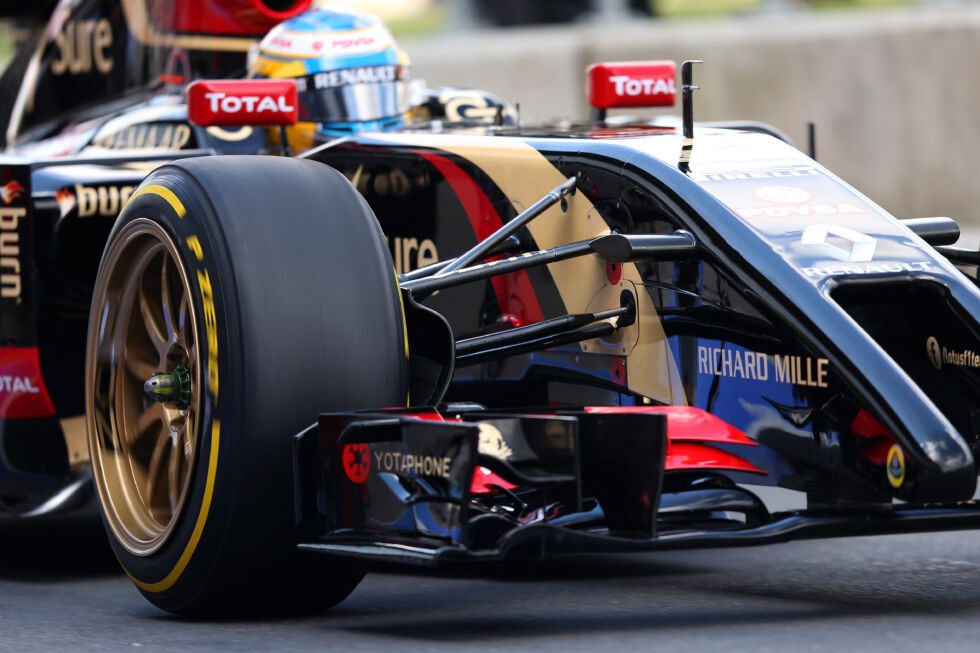
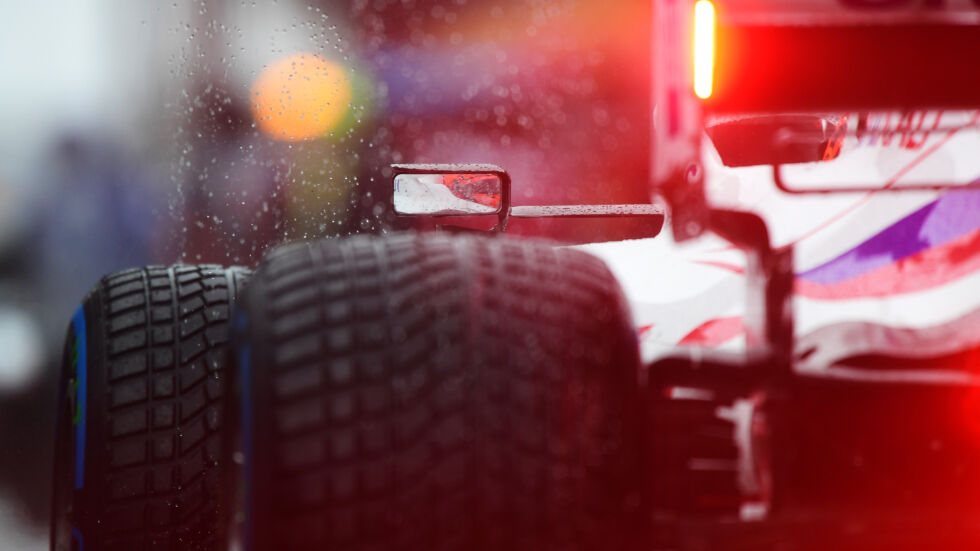

Recommended Comments
There are no comments to display.
Join the conversation
You can post now and register later. If you have an account, sign in now to post with your account.
Note: Your post will require moderator approval before it will be visible.